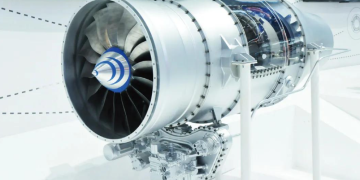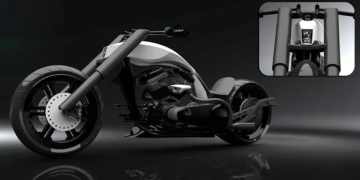In today’s digital age, having the right digital camera can make a world of difference in capturing memorable moments and expressing creativity through photography. With a plethora of options available in the market, selecting the perfect camera can be a daunting task. This guide aims to provide comprehensive insights into choosing the ideal digital camera that suits your specific needs and preferences.
Types of Digital Cameras
Digital cameras come in various types, each offering unique features and functionalities. The three main categories of digital cameras are DSLR (Digital Single-Lens Reflex), mirrorless, and point-and-shoot cameras. Understanding the differences between these types is essential for making an informed decision.
Camera Specifications
When selecting a digital camera, it’s crucial to consider its specifications, including megapixels, sensor size, ISO range, and lens options. These technical aspects determine the camera’s image quality, low-light performance, and versatility in capturing different scenes and subjects.
Photography Needs and Preferences
Before purchasing a digital camera, it’s essential to assess your photography needs and preferences. Consider the primary purpose of camera usage, preferred photography style (e.g., landscape, portrait, or action photography), and budget constraints to narrow down your options effectively.
Features and Functionality
Evaluate the features and functionality offered by different digital cameras, such as autofocus system, image stabilization, shooting modes, and connectivity options. These features enhance the camera’s performance and usability, allowing you to capture stunning photos with ease.
Brand and Model Comparison
Compare the offerings of various camera brands and models to identify the best fit for your requirements. Popular camera brands include Canon, Nikon, Sony, and Fujifilm, each offering a diverse range of cameras catering to different user preferences and skill levels.
User Experience and Ergonomics
Consider the user experience and ergonomics of the camera, including comfort and handling, menu interface, and build quality. A camera that feels intuitive and comfortable to use can significantly enhance your shooting experience and productivity.
Reviews and Recommendations
Seek out expert reviews, user feedback, and recommendations from photography communities to gain insights into the performance and reliability of different camera models. Real-world experiences and testimonials can help validate your decision and provide valuable perspectives.
Price and Value Proposition
Balance your budget considerations with the features and value proposition offered by the camera. While high-end cameras may offer advanced features and superior image quality, budget-friendly options can still deliver excellent results for amateur photographers and enthusiasts.
Future-Proofing and Upgrade Options
Consider future-proofing and upgrade options when selecting a digital camera. Look for compatibility with accessories and lenses, as well as opportunities for firmware updates and system upgrades to extend the lifespan and versatility of your camera.
Conclusion
Choosing the right digital camera requires careful consideration of various factors, including camera type, specifications, features, user experience, and budget constraints. By understanding your photography needs and preferences and conducting thorough research, you can make an informed decision that aligns with your creative vision and technical requirements.

FAQs After The Conclusion
1. How do I determine the best digital camera for my needs?
Determining the best digital camera involves assessing your photography needs, preferred features, and budget constraints, as well as researching different camera types and models.
2. What are the key factors to consider when comparing digital cameras?
Key factors to consider when comparing digital cameras include specifications (e.g., megapixels, sensor size), features and functionality (e.g., autofocus system, image stabilization), user experience, brand reputation, and value for money.
3. What is the difference between DSLR and mirrorless cameras?
The main difference between DSLR and mirrorless cameras lies in their internal mechanisms. DSLR cameras use a mirror to reflect light into an optical viewfinder, while mirrorless cameras do not have a mirror, relying on digital displays or electronic viewfinders for composing images.
4. How important is lens selection in choosing a digital camera?
Lens selection is crucial in choosing a digital camera, as it determines the camera’s versatility and suitability for different types of photography. Consider the availability and compatibility of lenses when selecting a camera system.
5. What are some budget-friendly options for beginners in photography?
Budget-friendly options for beginners in photography include entry-level DSLR and mirrorless cameras, as well as compact point-and-shoot cameras. These cameras offer essential features and functionalities at an affordable price point, ideal for learning and experimentation.
6. How can I ensure the longevity of my digital camera?
To ensure the longevity of your digital camera, handle it with care, keep it clean and protected from environmental elements, and perform regular maintenance. Invest in quality accessories and consider upgrading firmware or accessories when necessary.
7. What resources can I use to research and compare digital cameras?
You can use online resources such as camera review websites, forums, and social media groups to research and compare digital cameras. Additionally, visiting camera stores and seeking advice from experienced photographers can provide valuable insights and recommendations.
8. What should I do if I encounter technical issues with my digital camera?
If you encounter technical issues with your digital camera, refer to the manufacturer’s manual for troubleshooting steps. If the issue persists, contact customer support or seek assistance from authorized service centers for professional repair and maintenance.
















